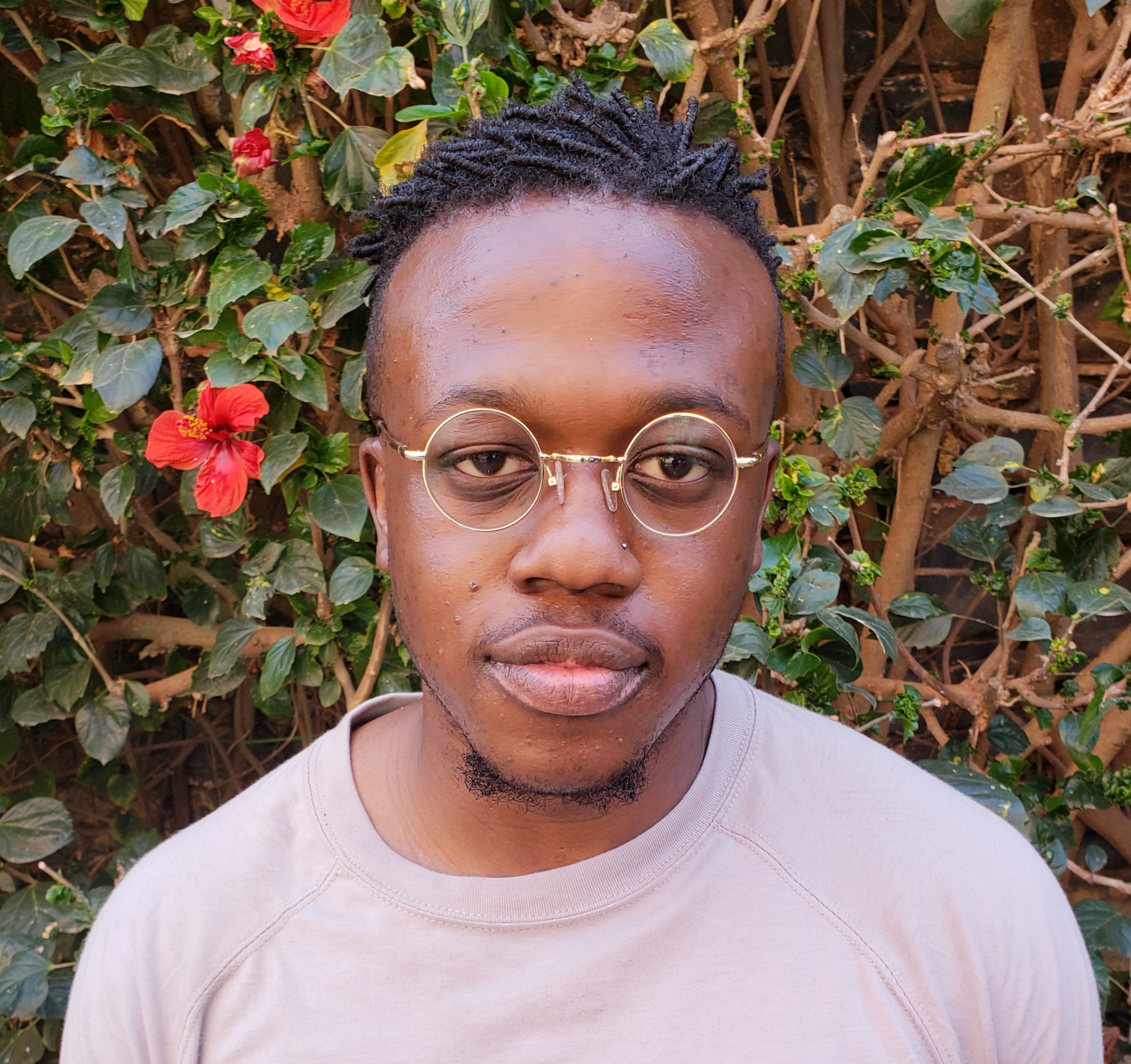Celebration of Scholars
Celebrating & Embracing Diversity in Carthage History
 Name:
Jawaune Johnson
Name:
Jawaune Johnson
Major: Graphic Design
Hometown: Hillside
Faculty Sponsor: Ryan Miller
Other Sponsors:
Type of research: SURE
Funding: SURE
Abstract
This mural reflects the diversity of the Carthage student body, articulating the significance of equity and inclusion as core values of this campus. The mural is divided into three sections representing past, present, and future. The "Past" section of the mural is dedicated to the first African students, Lorraine Wiggan, and Alonzo Kenniebrew. Without the contributions and progress made by Wiggans, Kenniebrew, and other African American students before me, this mural would not be possible. The past gives us the foundation to move forward into the present, which is the center of the mural. The center section is focused on a celebration in the form of dance. Dancing is a universal language that touches on many different cultures and backgrounds and can involve spiritual and religious practices. With the African American student population rising each year, we have something to celebrate in the present in terms of how far we've come since the founding of Carthage College. The present gives us motivation for what is possible for the future, which is the third section of the mural. The stairs represent progress, which shows that even though we've come a long way in Carthage history, we still have a long way to go. The key to true progress is diversity and equity within our student body, which is depicted underneath the stairs. The visual choices sprang from a combination of deep reflection on my experiences as a black man in America and on the overall picture of how African Americans are perceived from outside perspectives. The bright colors, specifically primary colors, are a representation of boldness and persistence, conveying a powerful visual of the deep influence of past, present, and future African American students of Carthage College, as well as representing what Carthage stands for today. The goal of this mural is to increase diverse relationships and understanding of culture here at Carthage College, for people of color, students, and faculty, from past, present, and future.
Submit date: March 24, 2019, 8:57 p.m.
